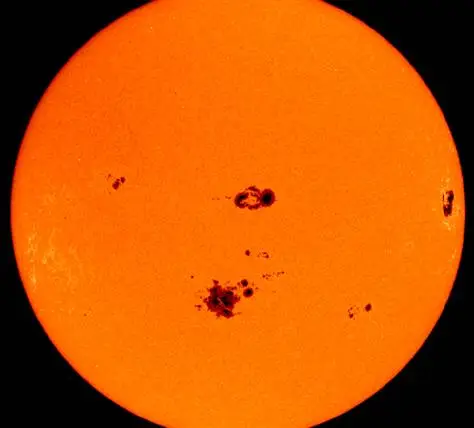Last night, an extreme G5 geomagnetic storm made its presence felt on Earth, marking the most potent event of its kind since October 2003. This significant disturbance was confirmed by the National Oceanic and Atmospheric Administration (NOAA). The storm’s impact was visually spectacular, igniting the aurora borealis, or northern lights, in numerous regions of the United States and around the globe.
As we move into the weekend, the effects of this geomagnetic storm may persist, potentially disrupting certain telecommunications and power grids. Such disturbances are temporary and stem from disturbances in Earth’s magnetosphere triggered by solar flares and coronal mass ejections.
Solar flares are sudden, intense bursts of radiation originating from sunspots, while coronal mass ejections are massive expulsions of plasma and magnetic field lines from the sun’s corona. NOAA has been closely monitoring a series of these solar events since Wednesday. This week’s solar flares have been linked to a sunspot cluster that is an impressive 17 times the diameter of our planet, which measures roughly 7,926 miles in diameter.
On average, there are about four G5 geomagnetic storms during each solar cycle, which spans approximately 11 years. The current solar cycle began in December 2019, and the recent uptick in solar activity serves as a reminder of the dynamic nature of our sun and its influence on our planet.

